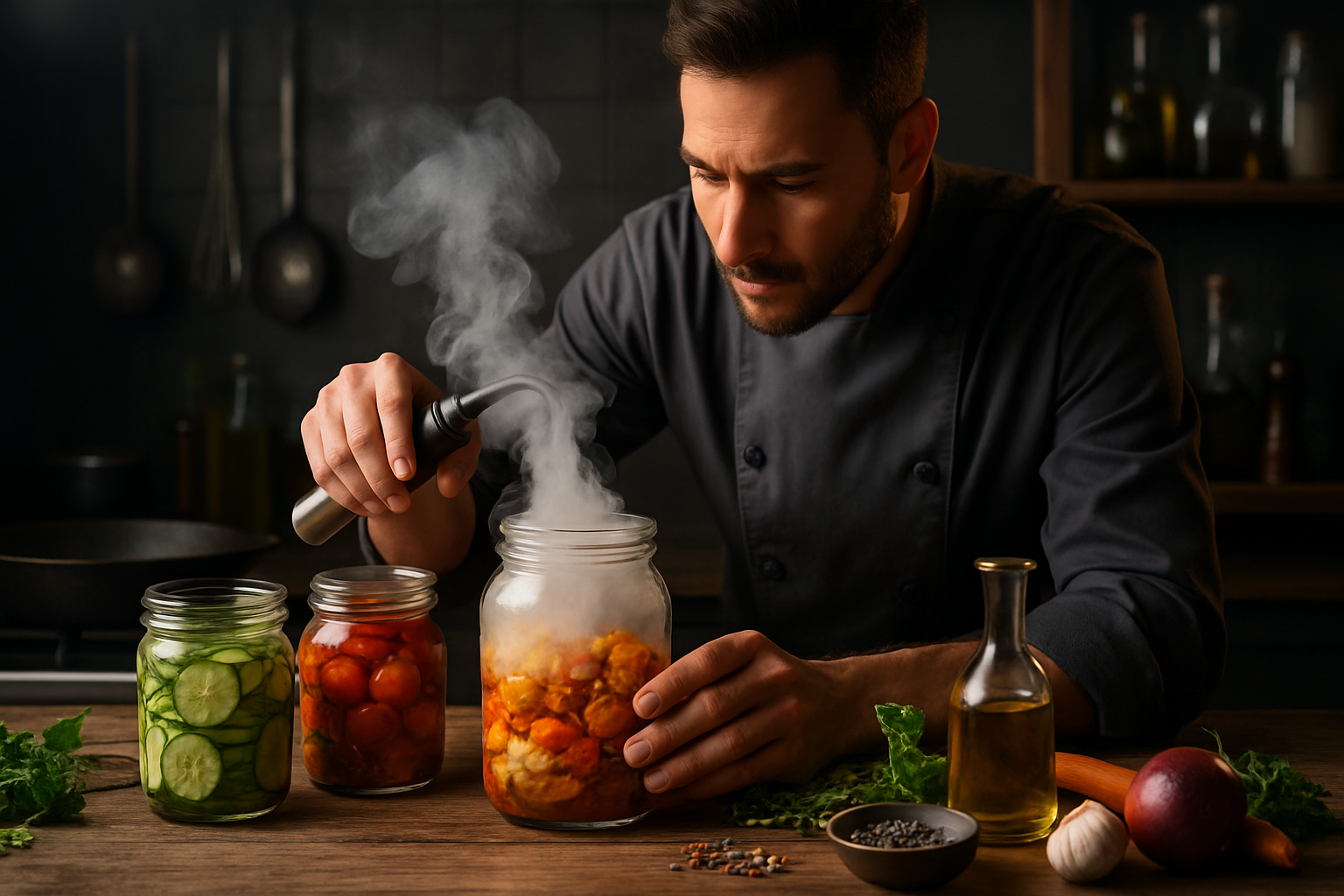Maximizing freshness with seasonal ingredient planning
Planning ingredients around the seasons helps kitchens, home cooks, and beverage makers preserve peak flavor and nutrition while supporting local producers. Seasonal ingredient planning aligns menu choices, sourcing, and preservation methods with harvest cycles to reduce waste, enhance taste, and improve sustainability across culinary operations and everyday cuisine.

How does seasonality shape flavor?
Understanding seasonality is central to culinary planning because crops have natural peaks in flavor and texture. When menus and recipes are aligned with harvest windows, vegetables and fruits deliver brighter flavor and better nutrition, and proteins sourced at the right time reflect local abundance. Seasonality influences beverage choices too: coffee and tea pairings can be adjusted to complement spring produce or winter citrus. For chefs and home cooks, planning around seasonal cycles reduces the need for heavy preservation and lets natural flavors lead the dish, improving gastronomy without relying on intensive processing.
What to consider for sourcing locally?
Sourcing decisions affect freshness, traceability, and the environmental footprint of a menu or pantry. Prioritize relationships with farmers, cooperatives, and local services that provide transparency on growing practices and harvest timing. Look for seasonal produce at farmers’ markets, community-supported agriculture (CSA) programs, or wholesaler partners in your area. Good sourcing balances price, quality, and reliability: bulk orders for high-use items, coordinated deliveries to minimize storage time, and rotating suppliers by season help maintain a steady stream of fresh ingredients while supporting regional food systems.
How can preservation extend freshness?
Preservation techniques let kitchens keep seasonal bounty usable beyond peak weeks without sacrificing nutrition or flavor. Simple methods—proper cold storage, blanching and freezing, quick pickling—retain texture and nutrients for later use. For beverage programs, light roasting profiles or careful cold brew handling preserve coffee and tea character over storage. Preservation should be chosen based on the ingredient’s properties: leafy greens respond to humidity-controlled refrigeration, while root vegetables and some fruits suit cool, dry storage. Thoughtful preservation reduces waste and smooths menu planning when seasonality fluctuates.
How to design recipes for seasonal produce?
Recipe development that embraces seasonality leans on flexible frameworks rather than fixed ingredient lists. Start with a technique—roasting, braising, fermenting—and swap produce according to what’s fresh. Use seasonally abundant items as the flavor anchor, then layer complementary ingredients for balance. Plantbased dishes can be particularly adaptable and showcase peak produce with minimal manipulation. Integrating seasonal elements into cuisine keeps menus varied across months and encourages creativity in both home cooking and professional kitchens, improving overall flavor profiles and nutritional value.
How does sustainability fit ingredient planning?
Sustainability is integral to long-term ingredient planning: it means minimizing food miles, reducing waste, and choosing practices that preserve soil and water health. Seasonal sourcing often aligns with lower environmental impact because it reduces reliance on heated greenhouses or long-distance freight. Consider integrating byproducts into other parts of the operation—vegetable trimmings for stocks, coffee grounds for compost—to close resource loops. Sustainable planning also accounts for nutrition: prioritizing whole, seasonal foods supports diet diversity and can reduce dependence on processed alternatives.
Can fermentation and beverages add value?
Fermentation is a preservation and flavor-development tool that pairs well with seasonal ingredient strategies. Fermented vegetables, cultured sauces, and kombucha make use of peak produce while adding complexity to cuisine and beverage programs. For beverage-focused operations, rotating seasonal syrups, cold infusions, or tea blends can mirror the produce calendar. Coffee and tea offer opportunities for seasonal pairings—light floral notes with spring fruits or bold coffee with fall spices—enhancing the guest experience while making efficient use of ingredients across menus.
This article is for informational purposes only and should not be considered medical advice. Please consult a qualified healthcare professional for personalized guidance and treatment.
Seasonal ingredient planning brings measurable advantages: fresher flavor, improved nutrition, and more resilient sourcing. By coordinating menus, preservation strategies, and supplier relationships with harvest cycles, cooks and beverage professionals can reduce waste and highlight the best of each season. Thoughtful planning also opens space for experimentation—fermentation, plantbased substitutions, and beverage pairings all benefit from a seasonal lens—helping both home cooks and culinary teams maintain consistent quality year-round.





